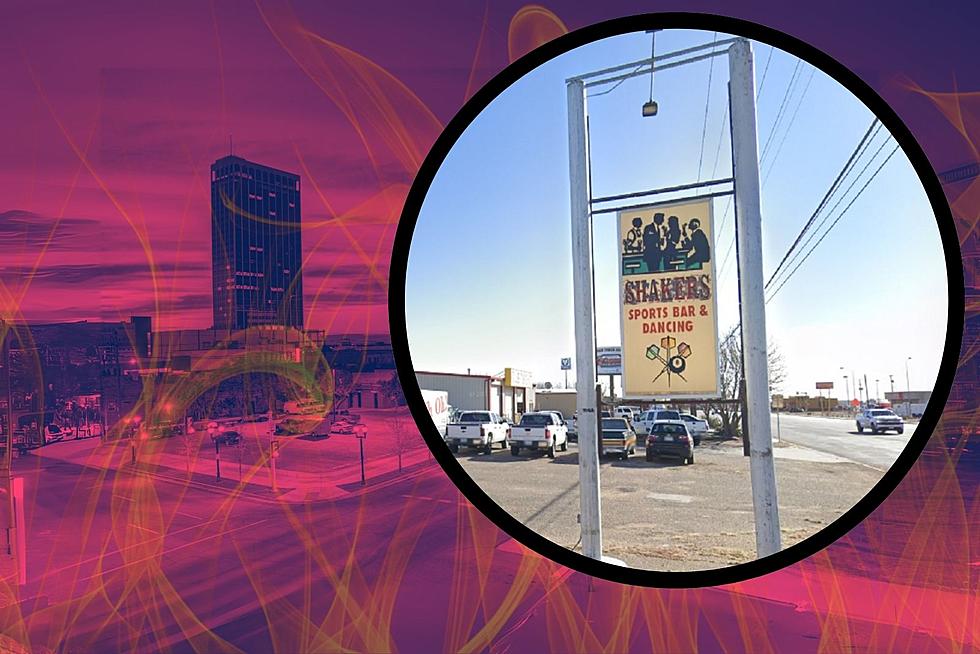
Texas Now Doing More To Offer Help For Us To Cope With Disaster
The past two years have been really tough on a lot of us in the Lone Star State. This is why Texas Health and Human Services is stepping up to do more to help us cope with disaster.
The Pandemic
First, nearly all of us have been affected in one way or another by the Covid-19 pandemic. My family personally knows several people who have died or have been incredibly sick over the past year.
Earlier this year, one of our children even tested positive for Covid-19. Because of the timing of the infection, we had to quarantine in separate places. Being away from our 1-year-old son was incredibly tough on my wife. Especially considering the brush with RSV we had experienced just prior.
The pandemic alone has caused many of us to struggle with depression, anxiety, and stress. Bills still needed to be paid. At-risk family members needed to be checked on. Even our jobs took on a whole new level of stress.
The Texas Winter Storm
Then we had the winter storm. Large portions of the state lost electricity for prolonged periods of time. Horror stories emerged as people described their situations trying to survive without electricity in some of the most brutal winter conditions we've experienced in a long time.
Again, Texans found themselves struggling and trying to deal with the added depression, anxiety, and stress.
Texas Health and Human Services Offers a Helpline
These events combined have taken a toll on our collective mental health. This is why Texas Health and Human Services has created a free helpline that you can call, 24/7, and speak with someone about the struggles you're facing.
If you, or someone you know, is feeling overwhelmed, there's help available. You can call and speak with mental health professionals who will help you deal with your stress, grief, depression, worry, and stress.
The toll free number to call is 833-986-1919.
You don't have to bottle it up and go through these struggles alone.
LOOK: The most expensive weather and climate disasters in recent decades
More From Mix 94.1









